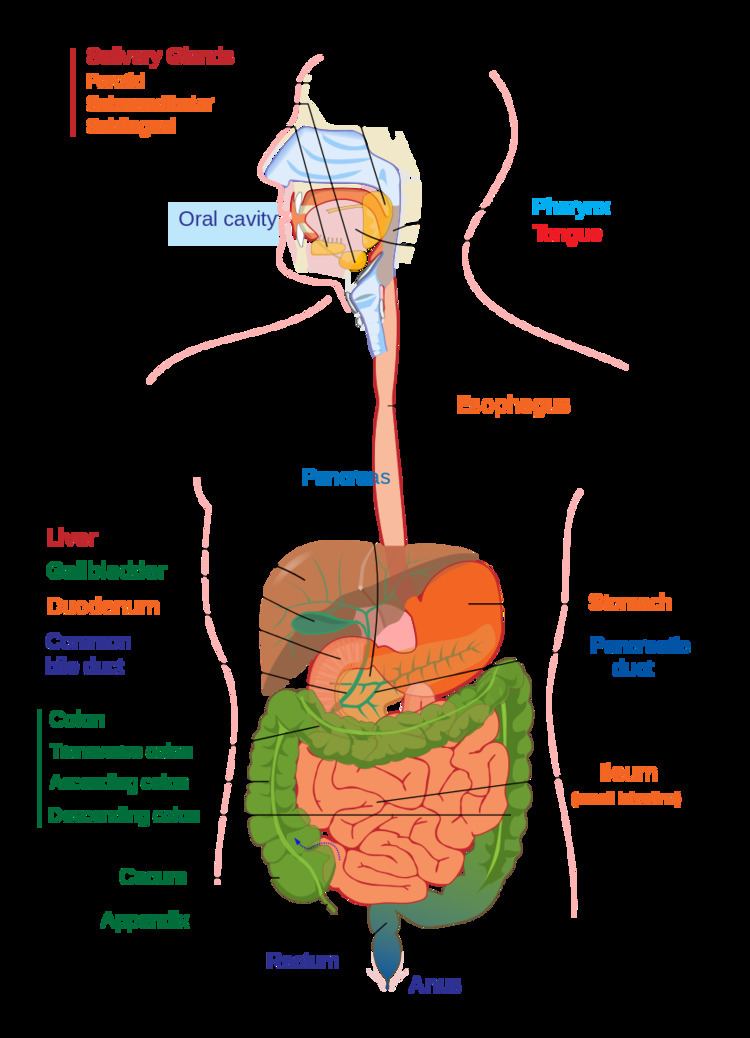ICD-10 K90.4 OMIM 226300 MedlinePlus 002277 | ICD-9-CM 579.8 DiseasesDB 10811 eMedicine med/1926 ped/1909 | |
 | ||
Protein losing enteropathy refers to any condition of the gastrointestinal tract (e.g. damage to the gut wall) that results in a net loss of protein from the body.
Contents
Signs and symptoms
The signs/symptoms of protein losing enteropathy are consistent with diarrhea, fever, and general abdominal discomfort. Swelling of the legs due to peripheral edema can also occur, however if the PLE is related to a systemic disease such as congestive heart failure or constrictive pericarditis, then the symptoms could be of the primary disease development.
Causes
The causes of protein-losing enteropathy can include GI conditions (among other causes), like the following:
Mechanism
The pathophysiology of protein losing enteropathy is a result of plasma proteins loss, which enters GI tract (lumen). PLE is a complication of a disorder, be it lymphatic obstruction or mucosal injury.
In pediatric protein losing enteropathy there are several changes in epithelial cells causing PLE by augmenting the rate of flow of proteins (serum). Congenital molecular abnormalities, or dysfunctional lymphatic drainage might cause epithelial matrix changes. Proteoglycans, which are glycosaminoglycan chains attached to protein, directly causes PLE, as well as, augments inflammatory cytokines. Children who have congenital glycosylation defects usually have protein losing enteropathy.
Diagnosis
The diagnosis of protein losing enteropathy is made by excluding other causes of protein loss. Endoscopy can be used to localize the cause of the protein loss in the bowel. Different methods include faecal excretion of alpha 1-antitrypsin which is a marker of protein losing enteropathy, as well as, viral serologies which may be useful to detect PLE.
Treatment
Treatment for protein losing enteropathy depends upon the underlying condition, according to Rychik, et al this could mean treatment of hypoproteinemia or of the intestinal mucosa.
In terms of treatment for PLE after the Fontan operation treatment must be equal to the level of hypoproteinemia present. Therefore, it is useful to categorize patients based on their serum albumin levels, if less than normal (typically less than 3.5 g/dL) but greater than 2.5 g/dL, this can be seen as a mild form of protein losing enteropathy. Symptomatic management of edema with furosemide (and aldactone) can provide relief for the individual with mild hypoproteinemia.
